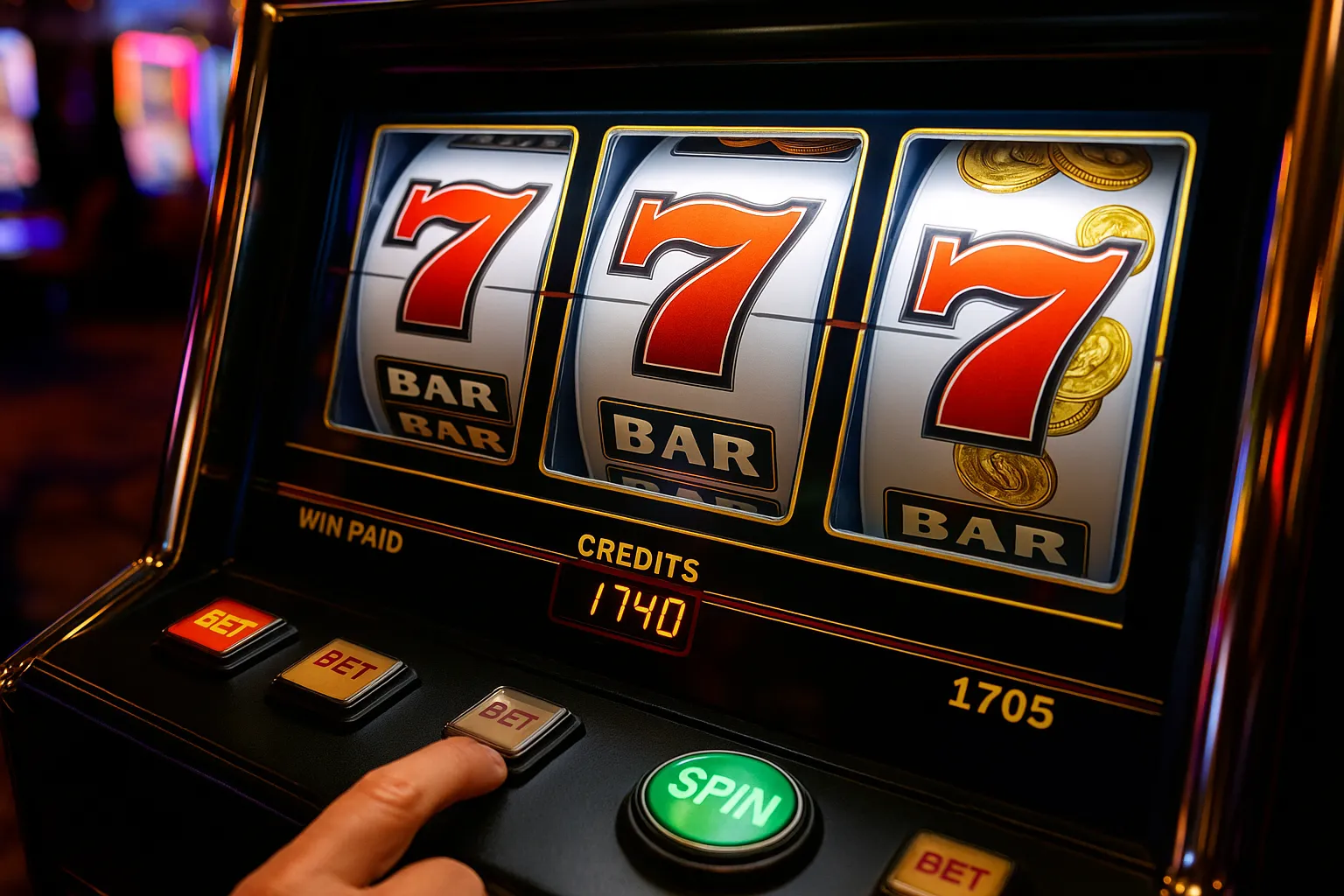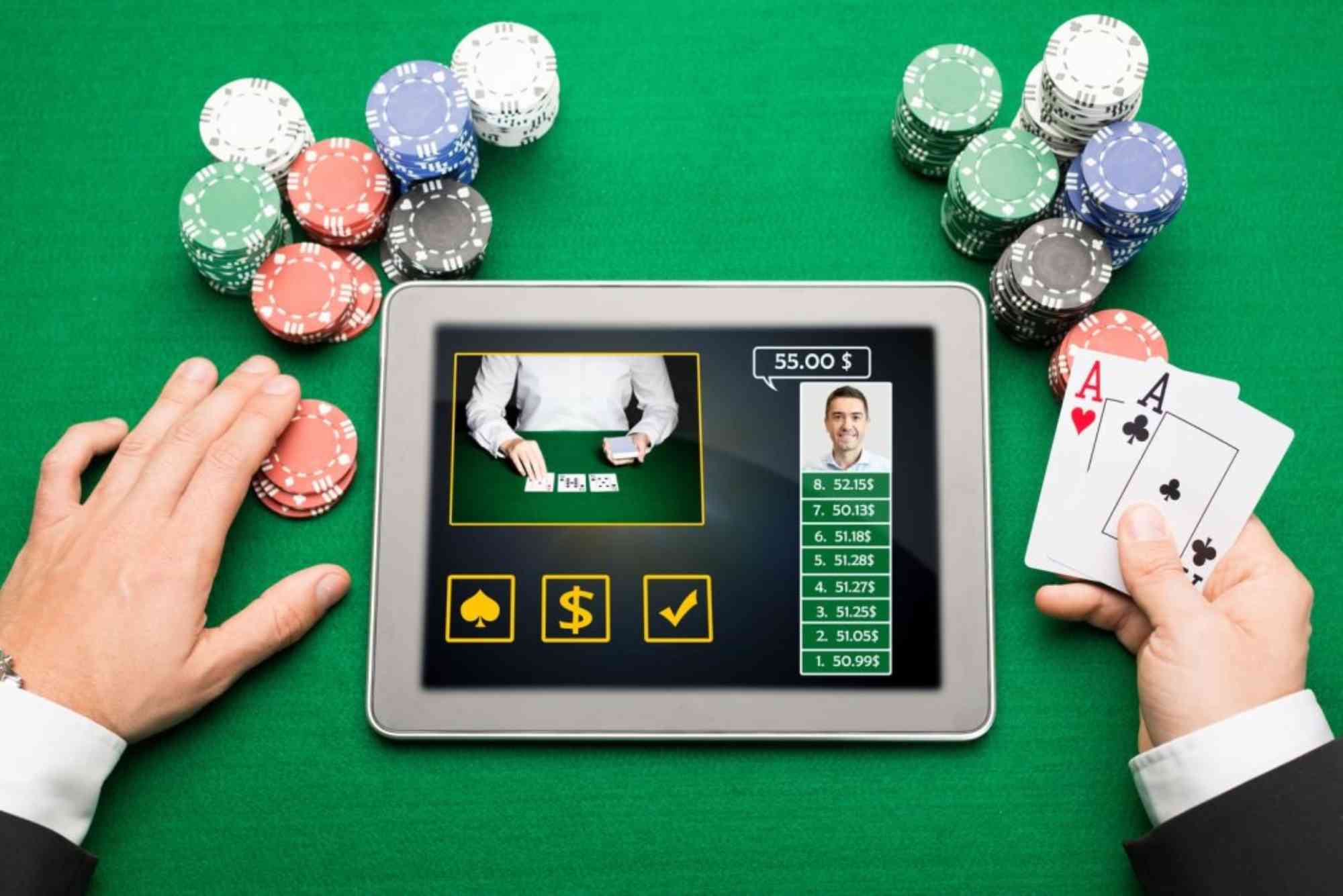If you’ve ever played online slots, you’ve probably noticed the letters “RTP” floating around. It stands for “Return-to-Player,” and on the surface, it looks like a simple number that tells you how much a game pays back over time. A slot with a 96% RTP suggests that for every £100 wagered, £96 should, in theory, be returned to players. But as someone who has spent years exploring slot mechanics, I can assure you that RTP isn’t as straightforward as it seems.
Understanding how RTP really works can make you a smarter player. It won’t guarantee wins, but it will help you manage expectations and choose games more wisely.
The Basics of RTP Explained
At its core, RTP is a statistical measure. Game developers design slots with built-in probabilities that determine outcomes over millions of spins. That “96% RTP” isn’t a promise of what you’ll personally get back—it’s an average calculated across an enormous dataset.
In practice, you might hit a huge win on your first spin, or you might play for hours and end up with nothing. The randomness of short-term play often masks the true influence of RTP, which only reveals itself over the long haul.
RTP in the Player Experience
For casual players, RTP can feel like a myth. I’ve heard plenty of people say, “That game claims 97% RTP, but I lost everything in twenty minutes.” That’s because RTP doesn’t smooth out over short sessions. Instead, it reflects long-term balance, ensuring the casino always keeps a small edge.
Where RTP becomes meaningful is in comparing games. Choosing a slot with 96% RTP over one with 92% does improve your odds over time, even if you won’t always notice the difference in a single session.
Online platforms like best slot sites uk make RTP values visible to players, often highlighting which games offer the highest returns. This transparency is valuable, but it’s important not to treat RTP as a shortcut to guaranteed winnings.
Volatility: The Other Half of the Equation
RTP often gets all the attention, but volatility plays just as big a role in how slots feel. High-volatility slots may offer huge jackpots but pay out infrequently. Low-volatility games provide smaller, more frequent wins.
This distinction explains why two slots with identical RTPs can feel completely different. One might drain your balance quickly before delivering a massive hit, while another gives you steady, modest payouts. The player’s psychology—whether you prefer steady play or chasing big wins—matters just as much as the percentage.
Why Casinos Don’t Fear High RTP
It might seem like casinos would avoid high-RTP games, but that’s not the case. Even a 98% RTP slot guarantees the house a 2% edge in the long run. With millions of spins happening daily across thousands of players, casinos know the math works in their favor.
In fact, high-RTP games are often used as marketing tools. They attract savvy players who believe they’re getting better odds, but the house edge ensures profitability regardless.
RTP and Bonus Features
Modern slots come packed with bonus rounds, free spins, and multipliers. These features aren’t just fun—they’re part of the RTP calculation. For instance, a game might return most of its RTP during a bonus round that only triggers occasionally.
This design can create the illusion of “cold” or “hot” streaks. You might go dozens of spins without progress, only to suddenly hit a feature that makes up for the losses. Understanding that bonuses are baked into the RTP helps explain why patience can matter in certain games.
Player Perception vs. Reality
Many players misunderstand RTP because they confuse short-term luck with long-term math. I’ve seen friends quit a game after losing quickly, convinced it was “rigged,” when in reality, they were simply on the downside of variance.
The real challenge is separating the emotional experience of winning and losing from the cold, statistical nature of RTP. The percentage is impartial—it doesn’t care if you’re on a hot streak or not.
Practical Tips for Players
Knowing how RTP works should guide, not dictate, your choices. If two games appeal to you equally, go with the higher RTP—it’s the smarter move. But don’t expect that number to save you from the randomness of slots.
Set limits, enjoy the entertainment value, and treat wins as lucky breaks rather than expectations. RTP can help you maximize value, but it should never replace good bankroll management and self-control.
Final Thoughts
Return-to-Player percentages are one of the most misunderstood aspects of slot gaming. They matter, but only in the long run and only when combined with factors like volatility and game design. Online platforms such as best slot sites uk give players access to RTP information, which is helpful, but it’s not a magic formula for success.
At the end of the day, RTP is about perspective. It’s a tool for making informed choices, not a promise of steady returns. The more you understand the math behind the games, the more likely you are to enjoy slots for what they are: entertainment with the possibility of surprise wins.




